Table of Contents (click to expand)
A GPU is a processor that is designed to handle mathematical and geometric problems. It is much more efficient than a CPU when it comes to processing data. A GPU is made up of many small cores that work together to solve a problem. A CPU is a processor that is designed to handle many different types of tasks. It has a few large cores that work together to solve a problem. A GPU is better for running high-graphic games because it can handle the data much more efficiently.
We’ve come a long way regarding graphics when it comes to gaming. Today’s video games are of the highest graphical quality in history. They are so realistic that even detail given to a strand of hair or a blade of grass is extremely clear in its lifelike appearance. The question is, how did we go from heavily pixelated games to hyper-realistic lifelike gaming? The answer to that lies in the GPU (Graphical Processing Unit) of your gaming console.
Working Of A GPU

A Graphical Processing Unit is a processor that is typically used for processing mathematical and geometric problems. A GPU takes a specialist workload and performs it much more efficiently. Most GPUs work on the CUDA architecture, designed by the company NVIDIA. The full form of CUDA is Compute Unified Device Architecture.
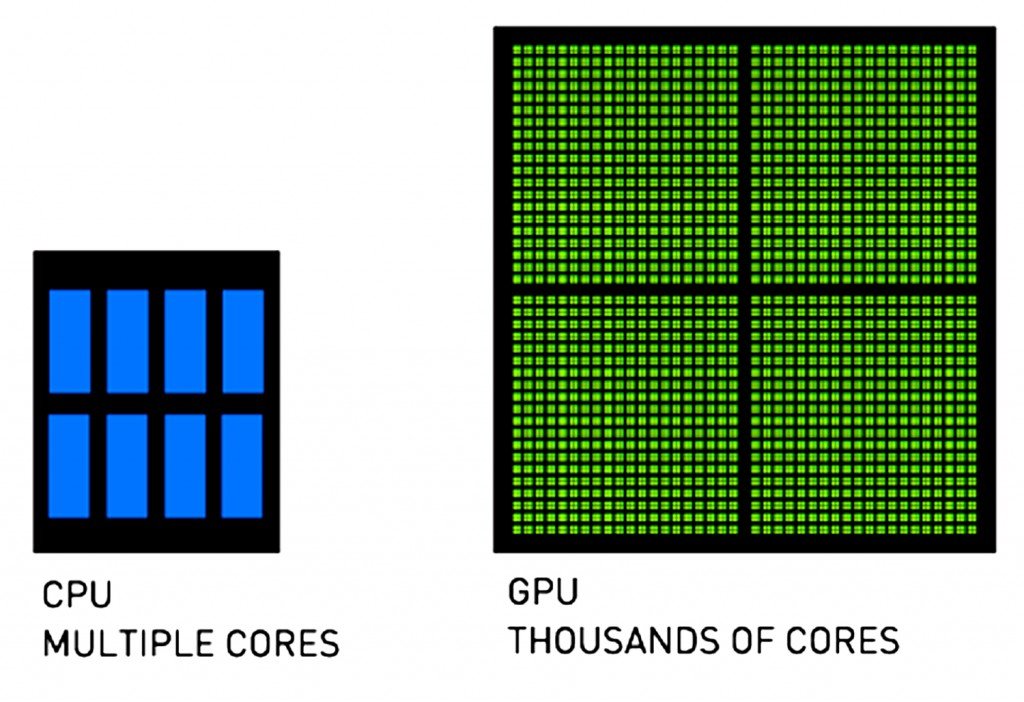
![]() CUDA is the parallel computing architecture created by NVIDIA. Parallel Computing is the process of carrying out parallel computations at the same time. Significant problems are broken into smaller issues and computed simultaneously. To understand how these problems are solved, we need to know what the core of any processing unit does. Although the definition of “cores” can vary, the meaning of a core when it comes to a processor is a unit that receives a set of instructions and performs calculations based on those instructions. The CUDA core present within the GPU consists of tiny sub-cores that break down a parallel computing problem into smaller units and is solved simultaneously by all the small sub-cores.
CUDA is the parallel computing architecture created by NVIDIA. Parallel Computing is the process of carrying out parallel computations at the same time. Significant problems are broken into smaller issues and computed simultaneously. To understand how these problems are solved, we need to know what the core of any processing unit does. Although the definition of “cores” can vary, the meaning of a core when it comes to a processor is a unit that receives a set of instructions and performs calculations based on those instructions. The CUDA core present within the GPU consists of tiny sub-cores that break down a parallel computing problem into smaller units and is solved simultaneously by all the small sub-cores.
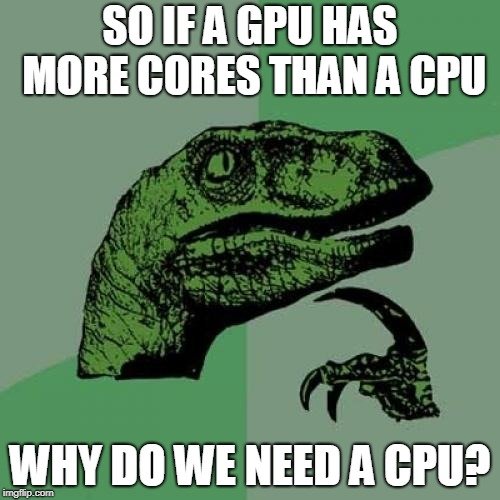
Also Read: Why Are Graphic Cards Installed In The Computer Tower (Cabinet) Instead Of The Monitor?
Difference Between A CPU And GPU
A basic analogy can be made to understand the fundamental difference between the CPU and GPU. A CPU can be considered like a Swiss Army Knife, while a GPU is more of a surgical knife. A CPU is very useful for carrying out multipurpose applications, such as music, movies, computing, spreadsheets and even a bit of gaming that is not too graphically demanding.
Now, if we were to dig into more in-depth detail, they differ mostly in their micro-architecture and instruction execution method.
If we are to understand how the micro-architecture differs, we will also need to know about some of the components present within them. The first one is the ALU, also known as the Arithmetic Logical Unit, responsible for the computation processes. The Control Unit is responsible for the operation of the processor, as it tells the memory and ALU how to execute instructions. The Cache is a type of memory that stores data in a queue for the CPU, which helps to avoid any loss of time that it would take for the CPU to access that data from the main memory. The Dynamic Random Access Memory (DRAM) is a type of RAM that helps the processor access types of memory randomly, rather than making it go from a starting point.
Now that we understand the different parts of a CPU and GPU, we can see that the amount of ALUs or cores is much less in a CPU than in a GPU. This is because the central cores of a CPU handle different programs simultaneously. The GPU has many smaller cores, but each works on a smaller portion of the same problem in parallel. The CPU can be summed up as having a lower compute density for an issue as compared to the GPU.
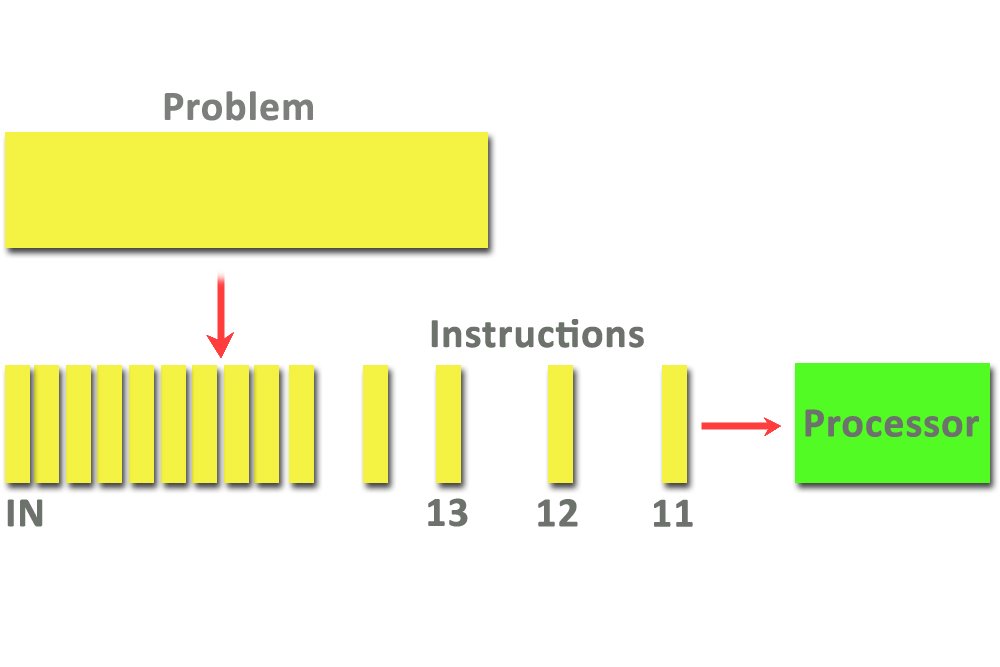
CPU’s have larger cache memories than a GPU. This is because they need more memory to queue up instructions for execution since they have a smaller number of cores. GPUs have less cache memory, as they have a more significant number of cores to handle a large number of instruction executions simultaneously. The method of performance in a CPU is more serial, while the process of implementation in a GPU is more parallel.
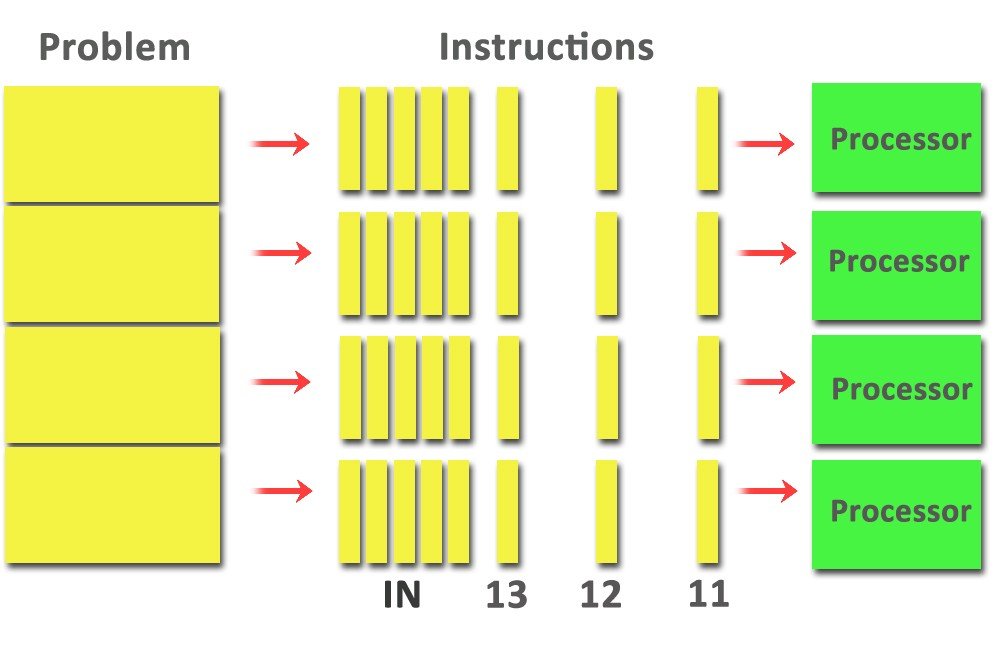
Also Read: Why Are There So Many Programming Languages?
GPU And CPU In Gaming
Now that we know the architecture of the CPU and GPU let’s look at how a GPU and CPU perform in gaming. If we were to consider a 3D model, the GPU would be responsible for the shape, color, and texture of the model. The way the GPU goes about this is by dividing all complex surfaces into triangles. Each triangle of specific data is handled by a particular sub-core of the GPU. Now, a CPU would not be able to perform this operation due to its serial approach when rendering a 3D image. It would be unable to work on all the points of an image at once.
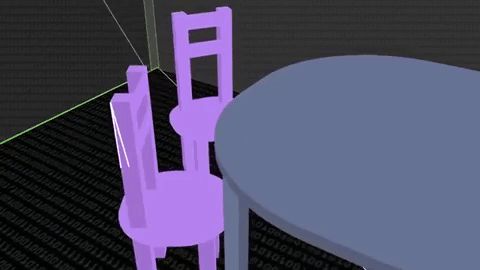
The GPU does the artistic work of the game, but the CPU does the organizational job in a game. The CPU is responsible for upholding the rules of gameplay. To give an example of this, if we were playing a shooting game, the CPU is responsible for calculating a factor known as the hitbox. The hitbox is the regional demarcation controlling what effects would be produced if the bullet hits a specific region.

We can safely say that without the immense horsepower that the GPU provides regarding improving graphics quality, it would be hard to imagine today’s highly graphical intensive games. Constant improvements in GPU’s are made every year to push games to even more life-like levels of graphics!
How well do you understand the article above!

